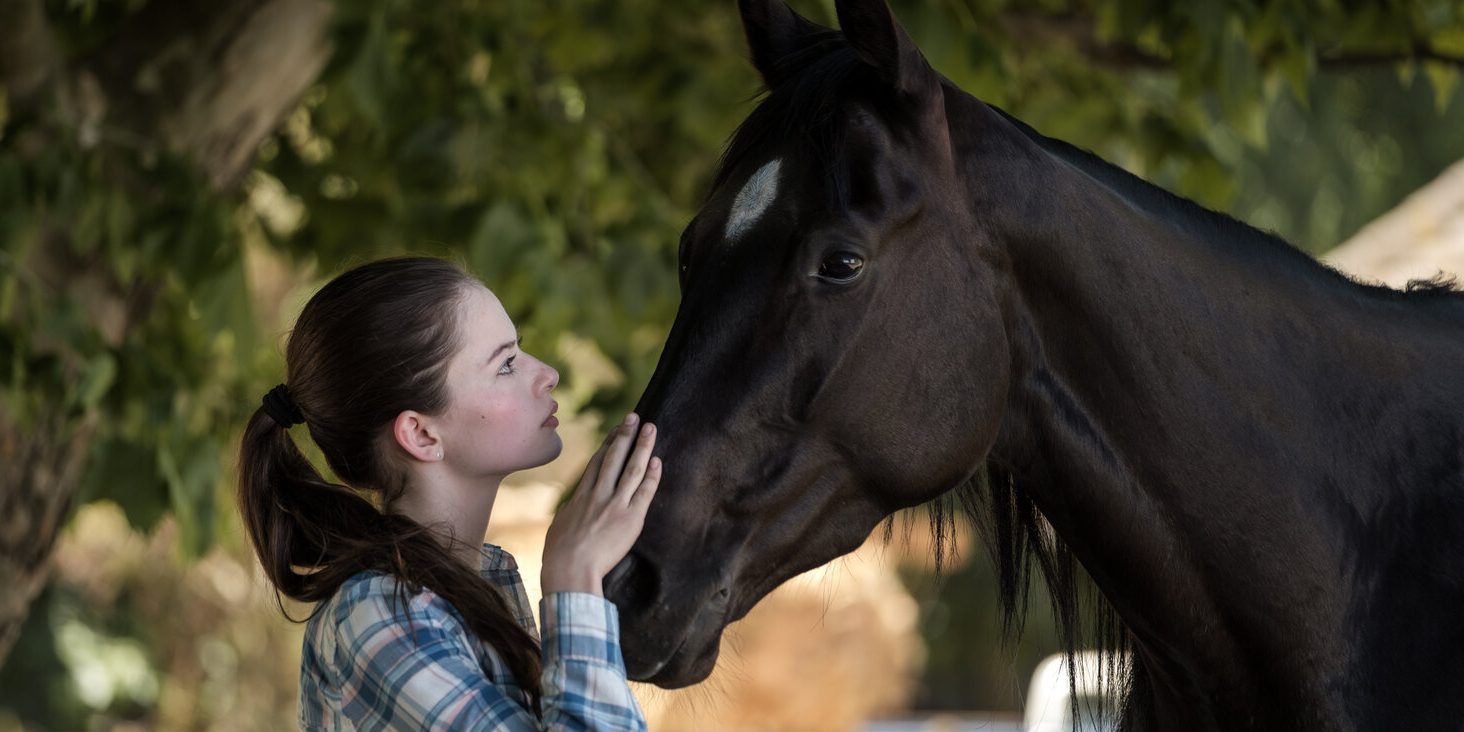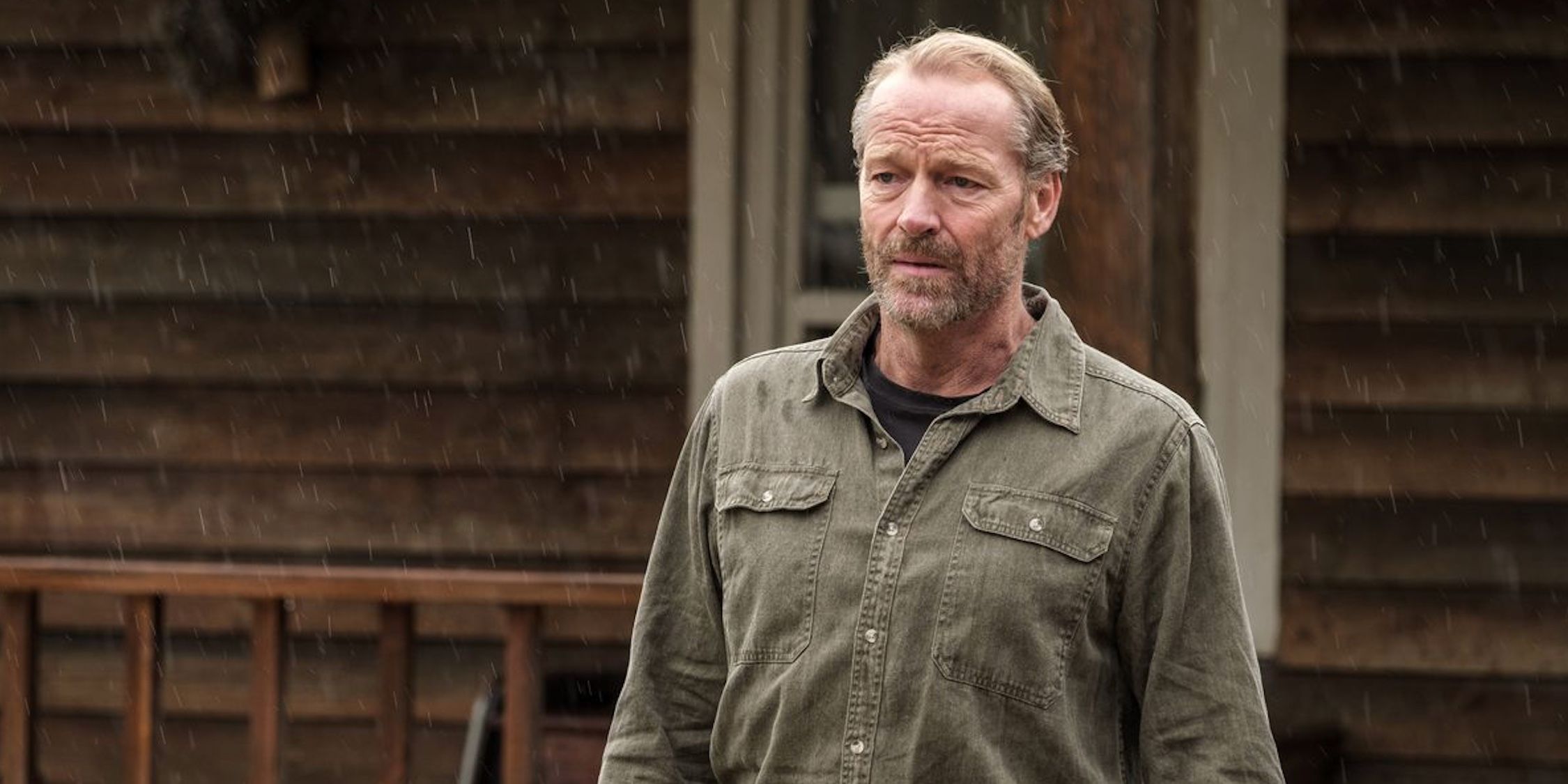Disney is known for adapting classic stories into new classics, but despite their love of animal characters, it took them until 2020 to make a Black Beauty movie. Released on Disney+, Black Beauty is an adaptation of the book of the same name, written in 1877 by Anna Sewell, which follows a horse's journey from youth to adulthood. It stars Kate Winslet in a voiceover role as the title character alongside rising star Mackenzie Foy.
While the new film is quite different from the book it's based on, which might not please fans of the original, it also retains some of the best moments from the classic story.
10 Changed: The Time Period

Black Beauty was written and set around 1877, but the Disney+ adaptation is set in the modern-day. While changes like this generally occur in newer adaptations of older books, the period shift doesn't work too well with Black Beauty because of how important the story's historical context is to its narrative.
Sewell's novel was a plea for justice; it carried a deeper meaning for those who lived in a time where atrocities against living creatures were pardoned, even advertised. Disney's update tells the same story as simply an endearing tale of a girl and her horse.
9 The Same: The Characters

While some names are changed, most of the characters in Black Beauty have their roots in a character (or even multiple characters) from the novel.
For instance, Ginger and Merrylegs, the two horses Beauty makes friends with at Birtwick, are scarcely changed, personality-wise, between versions. Another example is John Manly: while he does have a bit of a darker side in the book, his role in the story (as a caring, experienced horse trainer) is the same in both the book and the movie.
8 Changed: The Setting

Another area where the new Black Beauty somewhat dampens the novel's historical context is with the setting: while the original story is set in England, Disney's version is set in the American West.
Sewell's book, while written specifically to address the cruelty happening in her home country, inspired animal-rights reform in both England and the United States, so this change isn't too drastic. Most likely, Disney was just attempting to appeal to the largest percentage of its user base.
7 The Same: Birtwick

The book's Birtwick definitely has a few differences from the movie version, but the minor changes made are mostly just the result of the previously mentioned setting and time-period changes.
Otherwise, both times Birtwick serves as the place where Beauty feels most at home, as well as the place where Beauty makes their first friends in both horses (Ginger, Merrylegs) and humans (John Manly, Joe/Jo).
6 Changed: Gender Swaps

Black Beauty is changed from a stallion in the book to a mare voiced by Kate Winslet in the movie. Likewise, John Manly's assistant, a boy named Joe, becomes his nephew, a girl named Jo.
These gender swaps don't change the story all the much; in fact, most film and television adaptations of the story change the main character to a female, in keeping with the "horse girl" formula.
5 The Same: The Fire

Again, differences are present between the book and movie versions of the fire at Birtwick solely because of the changes made to both the geographical and historical settings.
However, both still feature a distracted stable-hand causing an accidental fire, which leads to the caregivers at Birtwick having to rescue the trapped horses.
4 Changed: The Themes

As it's already been made clear, Sewell's Black Beauty had a clear animal-rights message that was applicable to its day and age and even encouraged massive societal changes. The theme of "treating a living being this way is wrong" runs through the story.
Conversely, the Disney version only offers a few vague repetitions of "be kind to animals" with no real substance, since it's significantly more focused on fitting with the feel-good, "horse girl" formula than inspiring genuine activism.
3 The Same: Ginger's Death

While Ginger's death is portrayed as considerably more severe in the book than in the Disney version, it is at least included in both versions of the story.
Even for people who aren't horse lovers, it makes for a heartfelt emotional moment in Beauty's life.
2 Changed: Portrayal Of Humans

What's most different between the book and movie versions of Black Beauty is actually how it treats humans. Despite being told from Beauty's point-of-view, the Disney version focuses much more on the horse's bipedal companions, with Jo, who in the book is a small side-character, being given a complete backstory. In the book, Joe disappears in the middle and then abruptly discovers Black Beauty near the end, almost by accident; in the movie, Jo and Beauty reuniting is the result of a continuous search that spans the entire third act.
The reason for these changes, most likely, is that the original Black Beauty has no human "protagonists", while the Disney version requires human protagonists to furnish its feel-good atmosphere.
1 The Same: The Ending

The book's ending features Beauty reuniting with Joe and spending the rest of his days on an idyllic ranch where he's finally free.
To its credit, the film doesn't do much to change this touching final scene, giving it a tearjerker ending that's surprisingly emotionally satisfying.
from ScreenRant - Feed https://ift.tt/36PBn2G






0 Comments
Please don't use vulgar comments and avoid discussion on Religious matters